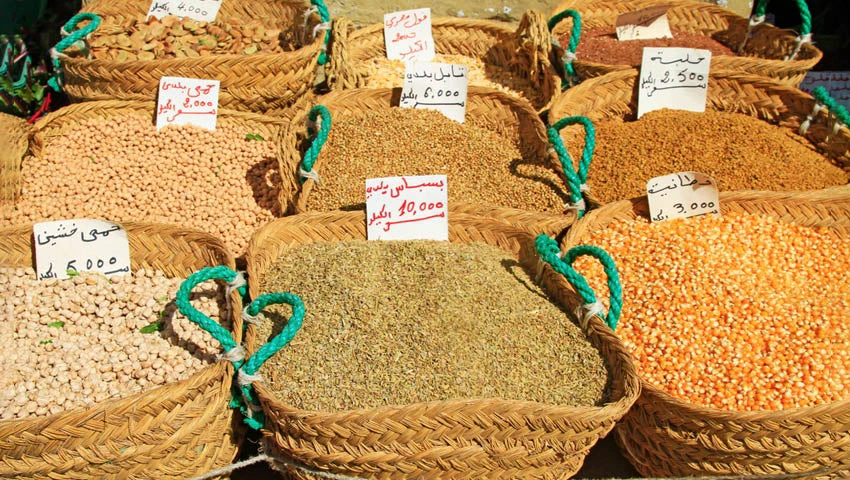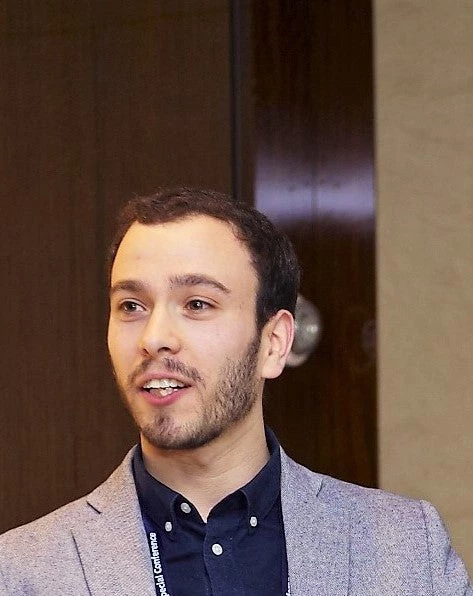
The world’s poorest have faced two extraordinarily difficult years. The pandemic has caused unprecedented reversals in poverty reduction that are further exacerbated by rising inflation and the effects of the war in Ukraine. We estimate that these combined crises will lead to an additional 75 million to 95 million people living in extreme poverty in 2022, compared to pre-pandemic projections. If the more pessimistic scenario plays out, 2022 could be the second-worst year in terms of progress made in reducing extreme poverty this century—behind only 2020, when there was an actual increase in global poverty.
How do we estimate these numbers? First, we assume that all households’ real incomes have grown in line with the country’s real GDP per capita. We use realized per capita GDP growth rates for 2020 to grow household incomes from 2019 to 2020 for all countries. Likewise, we use per capita GDP growth forecasts from the April 2022 Macro Poverty Outlook to do the same for 2021 and 2022.[1]
To understand the changes in poverty since the beginning of the pandemic, we also predict poverty using growth forecasts available from before the pandemic as a counterfactual series. The difference between the actual and counterfactual series captures the effects of the pandemic—mostly for 2020—and then includes other factors such as the recovery (which was stronger than expected in some countries), inflationary pressures, and the conflict in Ukraine, especially for 2022.
Our baseline method assumes that all households within a country are equally impacted by rising prices. Yet we know that 80% of countries with data available experienced higher food inflation than non-food inflation in February (Ha et al., forthcoming). We also know that poorer households tend to spend a larger share of their resources on food relative to non-food. This means that poorer households are likely to be hit harder by the current inflationary pressures, something that our baseline method misses. As such, our baseline could be too low an estimate of the impact of the unfolding crises on global poverty. Unfortunately, the inflation data and household survey data needed to understand how each household is impacted by the rising prices are not yet available.
One way to quantify the unequal impact of higher food inflation is to vary the inflation shocks faced by the top and bottom of the income distribution while keeping the average real income growth unchanged. We take the most unequal effects found in a simulation of the current food price inflation in 53 countries and use this to generate a “pessimistic” scenario globally. This corresponds to the bottom 40% of each country on average facing 3 percentage points higher inflation than the top 60%. Across 36 countries in Sub-Saharan Africa, it roughly corresponds to food inflation being twice as high as non-food inflation.
Figure 1 shows the global poverty trends under the baseline and pessimistic inflation scenarios. Under these two scenarios, the number of people living in extreme poverty in 2022 is expected to lie between 657 million and 676 million. Our projections prior to the start of the pandemic totaled 581 million poor people in 2022. This means that the COVID-19 crisis, growing inflationary pressures, and the Ukraine conflict will lead to an additional 75 million to 95 million people in poverty this year, compared to pre-pandemic projections.
Figure 1: Nowcast of extreme poverty, 2015-2022
There are a number of caveats to our analysis and at best, the more pessimistic scenario outlined above is an estimate of the short-run impact. We know that households adapt to higher prices by changing their consumption patterns to lessen the impact. We also know that many poor rural households engaged in agricultural production are net sellers of food and as such could benefit from rising prices. Wages also adjust, even for the urban poor, and as wages increase, the impact of the food price shock will lessen. As a result, a number of poverty assessments examining the impact of previous major food price crises have shown high food prices to be a driver of poverty reduction in the long run (see for example Cambodia, Bangladesh, India, Uganda, and Ethiopia Poverty Assessments).
However, things could get worse before they get better. The inflation forecasts are of course subject to great uncertainty. To gauge what would happen if food prices increase faster than anticipated, we use data on food consumption shares and mean consumption by quintile from household surveys from 71 countries across the income spectrum. We regress the food consumption share on log consumption to predict the food consumption share for any given consumption level (see this figure for more details). We can apply this relationship across households and countries, even for the ones without data on food consumption shares. Doing so reveals that people living in extreme poverty spend about two-thirds of their resources on food while the same figure for a person with a daily income of around $50—a typical income in high-income countries—is closer to 25%. We can use this information to estimate what rising food prices would mean for real incomes.
In Figure 2, we incorporate impacts due to unanticipated additional food price shocks. We look at what happens to global poverty if food prices are 1, 3, or 5 percent higher than currently expected. In our formulation, every percent increase in food prices reduces household real income through the share they spend on food. For instance, if a household spends half of their income on food, a 1 percent increase in food prices is estimated to reduce this household’s real income by 0.5 percent. We once again do not account for households’ own production of food, for any potential impacts on the income side more broadly, or for any substitution to food items with lower inflation. The latter could play a large role if only some food prices increase rapidly. Under this setup, which likely gives an upper bound estimate of the impact, for every additional 1 percent increase in food prices, nearly 10 million additional people could be living in extreme poverty.
Figure 2: Estimated impacts of additional food price shocks
Governments can mitigate such impacts through social protection policies. However, somewhat different from the previous periods of high food price inflation, government finances have been depleted due to various fiscal measures enacted through the COVID-19 crisis. For economies still reeling from the pandemic, the inflationary pressures could not have come at a worse time.
We gratefully acknowledge financial support from the UK government through the Data and Evidence for Tackling Extreme Poverty (DEEP) Research Programme. This work has also been supported by a World Bank trust fund with the Republic of Korea, acting through the Korea Development Institute School of Public Policy and Management (KDIS), for the KDI School Partnership for Knowledge Creation and Sharing.
[1] Note that to be consistent across all countries, our methodology does not utilize survey data available for 20 countries in 2020 and 1 country in 2021. Global extreme poverty in 2020 using a mix of household survey data for 20 countries and GDP-based projections for the rest yields a poverty rate of 707 million in 2020. The difference is mostly driven by Brazil where household survey data suggest lower poverty rates in 2020 than GDP-based projections.







Join the Conversation